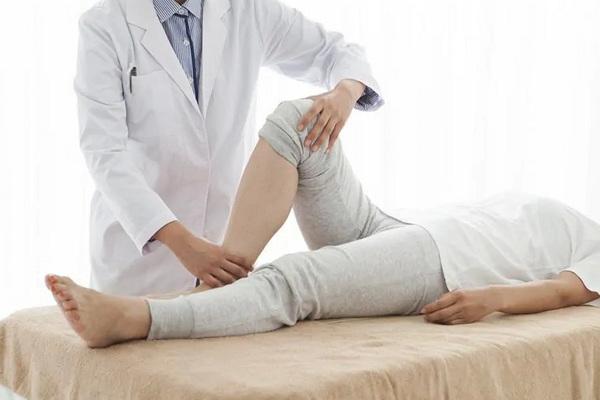Зміст
Do you get up from your chair and hear a noise, like in an unsoiled door? Are you going for a walk and something crunches in your knees? They are sporadic at first, but become more frequent over time and are accompanied by pain and stiffness. Both wheezing and pain are mostly the result of osteoarthritis. Where did it come from, and what is it?
Crackling and lubrication in the joints, what is Osteoarthritis?
Simply put: this disease is the result of deterioration in the quality and quantity of articular cartilage.
Articular cartilage softens (the so-called chondromalacia), eventually fibrosis, and at the next stage, defects appear in its structure. All this causes problems in the proper functioning of the joints.
Why? The cartilage is responsible for cushioning and proper movement of the joints during movement.
It initially affects the knees, hips, spine, fingers, and toes, but in fact, it can be localized to any joint.
This disease progresses over time and damages the joint itself and the per articular structures: tendons, ligaments, and muscles.
Who has arthrosis?
The first symptoms of osteoarthritis appear between the ages of 40 and 60. This disease is diagnosed in people over 40 years of age in more than half of the population, and one in five people at this age, as a result, experiences certain limitations in mobility.
In turn, in 80% of people aged 55 and older, radiological changes are visible, but not always noticeable.
Arthritis: Symptoms
Symptoms can affect individual joints and several at once, although the latter is much less common. These 5 symptoms are the most common symptoms of osteoarthritis.
1. Pain
The pain comes on when you move and stops when you rest. It intensifies at the end of the day (because of overwork and tension of the affected joint). Typical and problematic is the so-called initial pain, for example, when getting up from a chair – as if your existing joint requires a lot of effort to move.
To find out if joint pain is caused by inflammation, think about when you are in pain. With inflammation, pain occurs at rest and intensifies not only in the evening but also in the morning. This is the result of an exacerbation of the disease.
2. Cracking of the joints.
You will hear the characteristic joint creak as uneven joint surfaces rub against each other.
3. Stiffness of the joints.
Joint stiffness is the result of stiffness in which the joints do not move and require light exercise to keep them moving.
4. Limited joint mobility
Arthritis decreases the range of motion – this happens over time. Then you may have a problem, for example, with straightening the knee (so-called knee lock). Unfortunately, limited mobility can further lead to muscle wasting.
5. Deformities of the joints.
The pond loses its relatively symmetrical, natural appearance. Its axis changes, bone spurs are formed, there may exudate.
Osteoarthritis: Causes
Osteoarthritis can be of the following nature: primary – the cause is unknown, the incidence increases with age, or secondary – the cause is specific: trauma, concomitant joint diseases (for example, RA), infections, congenital joint disorders, other diseases (for example, diabetes, parathyroid diseases glands)
Osteoarthritis is thought to be a sign of “natural aging,” but, is it? Does such a translation give an answer where it came from? In fact, many other factors affect its development, although it is not a lie that age plays a significant role here.
Factors that increase your risk of developing the disease are:
- Too much body weight is one of the most important things that accelerates the development of the disease. Overworked joints cannot work smoothly and without damage.
- Weak muscles that surround the joint – If the muscles are out of shape and not strong, the joint will not work properly. This is why it is so important to keep fit.
- Sport in an unhealthy dose – everything superfluous is harmful. Consequently, overloading the joints by lifting too much weight, professional sports such as football or wrestling, can take their toll over time.
- Professional factors – hard physical work, long experience
- abnormalities in the structure of the joints – it may seem that you do not influence how your joint works, but it turns out that you can correct this with rehabilitation, surgery, or appropriate orthopedic devices
There are also factors beyond your control:
- Age – the risk of developing the disease increases with age
- Gender – women are sick more often than men are, and in women, the severity of symptoms is visible after menopause
- Genetic predisposition








